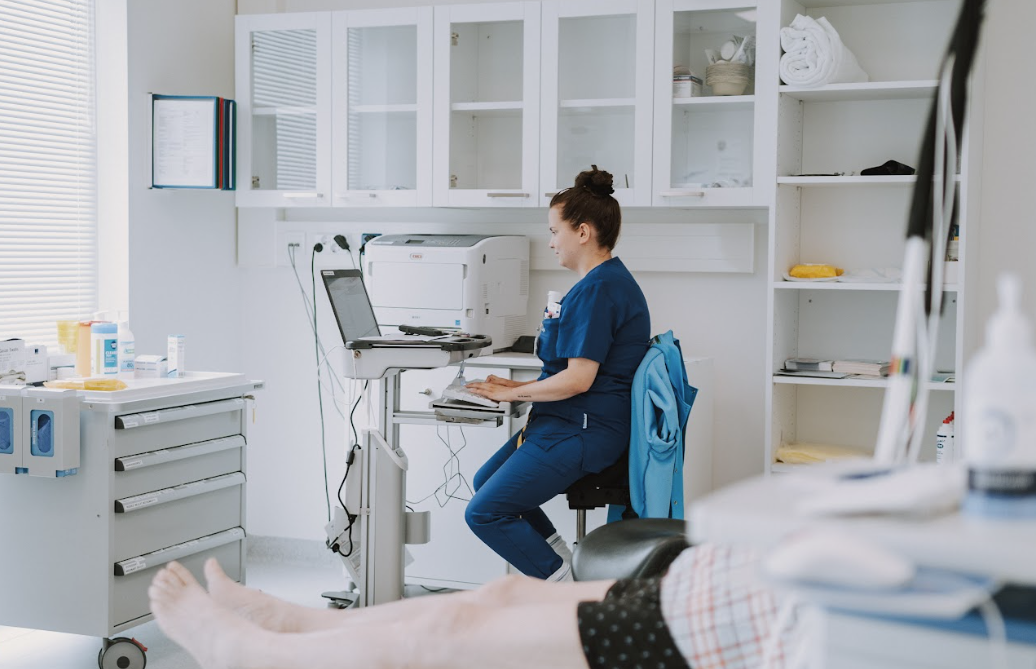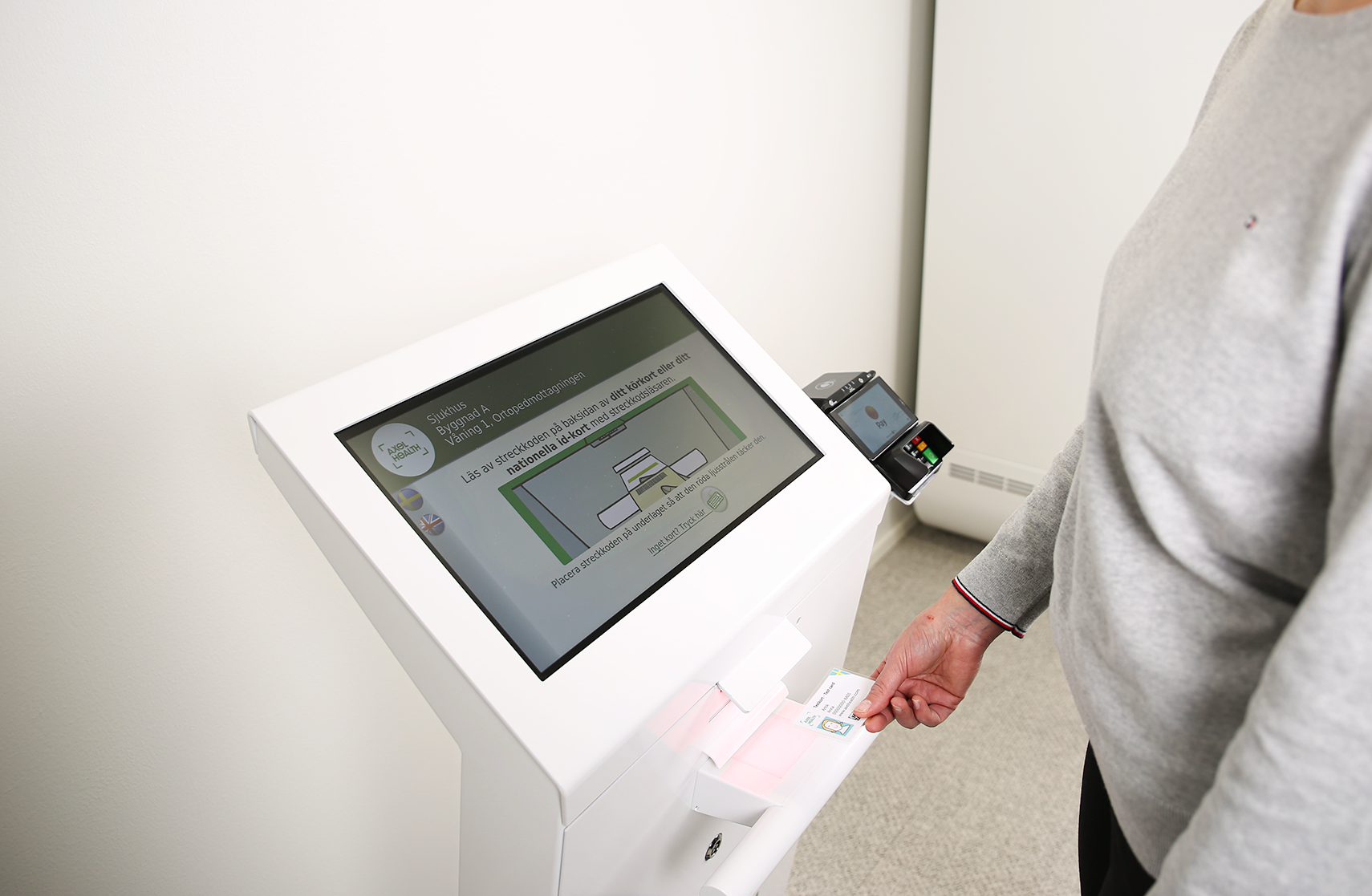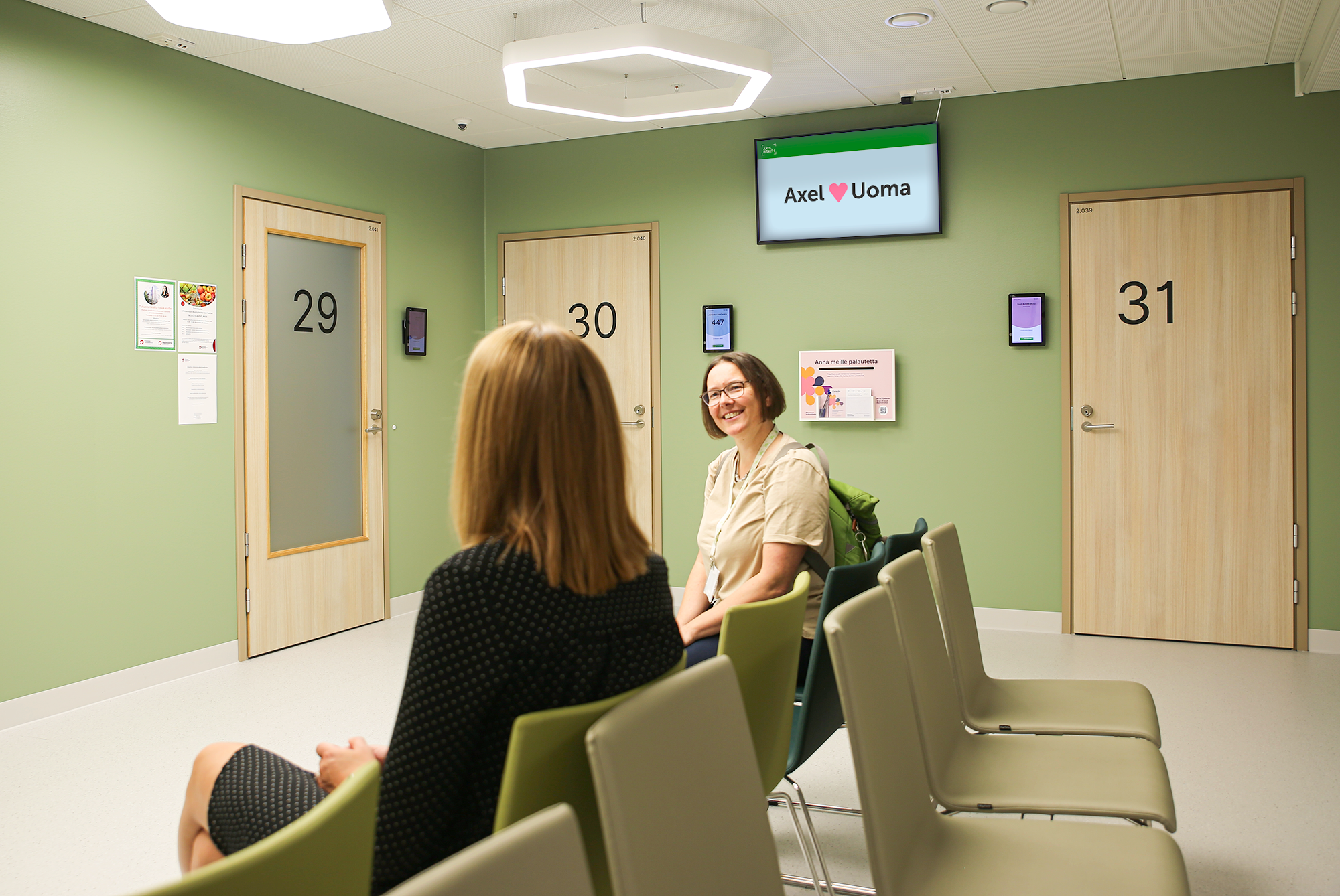Patient transfers refer to situations where a patient is moved from one healthcare unit to another, for example, from one hospital to another or to a long-term care facility. These transfers are an essential part of healthcare workflow, and their success significantly impacts patient safety and the quality of care. While patient transfers might seem straightforward – find an available location and arrange transportation – in practice, the process is often much more complicated and stressful. In this blog, we delve into the challenges that can arise during patient transfers and how Uoma makes them smoother and safer.
When a patient needs to be transferred, a nurse calls the destination care facility. If a free bed is available, a clear report of the patient's condition is given over the phone, and the next steps are agreed upon. Then, transportation for the patient is ordered, and the patient is discharged. That's how it goes – sometimes. However, most often, there isn’t space at the first facility, so where should the nurse call next? Is there space available, and will anyone even have time to answer the phone? The receiving facility’s work may be interrupted dozens of times a day, with repeated inquiries about whether they can still take one more patient. And what about the verbal reports given over the phone? Where are they recorded? The receiving side may face difficulties if the report is given only verbally, and the nurse’s shift ends before the patient arrives.
An overview of available beds can be created in many ways. Even today, in some of Finland's wellbeing services counties, every ward is called once a day, and the available beds are recorded in a shared Excel spreadsheet. However, all of this can be done more easily and safely. The phone is a great tool when you want to negotiate or handle something quickly. In patient transfers, there's no need for negotiation, and it's unsafe to rush them. The patient must be cared for as well as possible and in the right place. Help is already available for this, as well over half of Finland’s patient transfers are handled using Uoma. Uoma provides a clear written report, automatically directs the patient to the right destination, and if the primary facility is full, it offers alternative options. However, according to users, Uoma's most important feature is the communication tool – the chat. Instead of the system making decisions, people handle the process collaboratively, agreeing on the transfer together.
Most software is used because it's required. Very few applications are actually liked. Uoma is different because, based on the feedback we've received, we know that users love it. People want to use Uoma and expand its use because it eliminates unnecessary delays and confusion in patient transfers, enhances care work, and improves the patient experience. If you’d like to know more about Uoma, contact us – we'll be happy to help find a solution that meets the needs of your organization.







